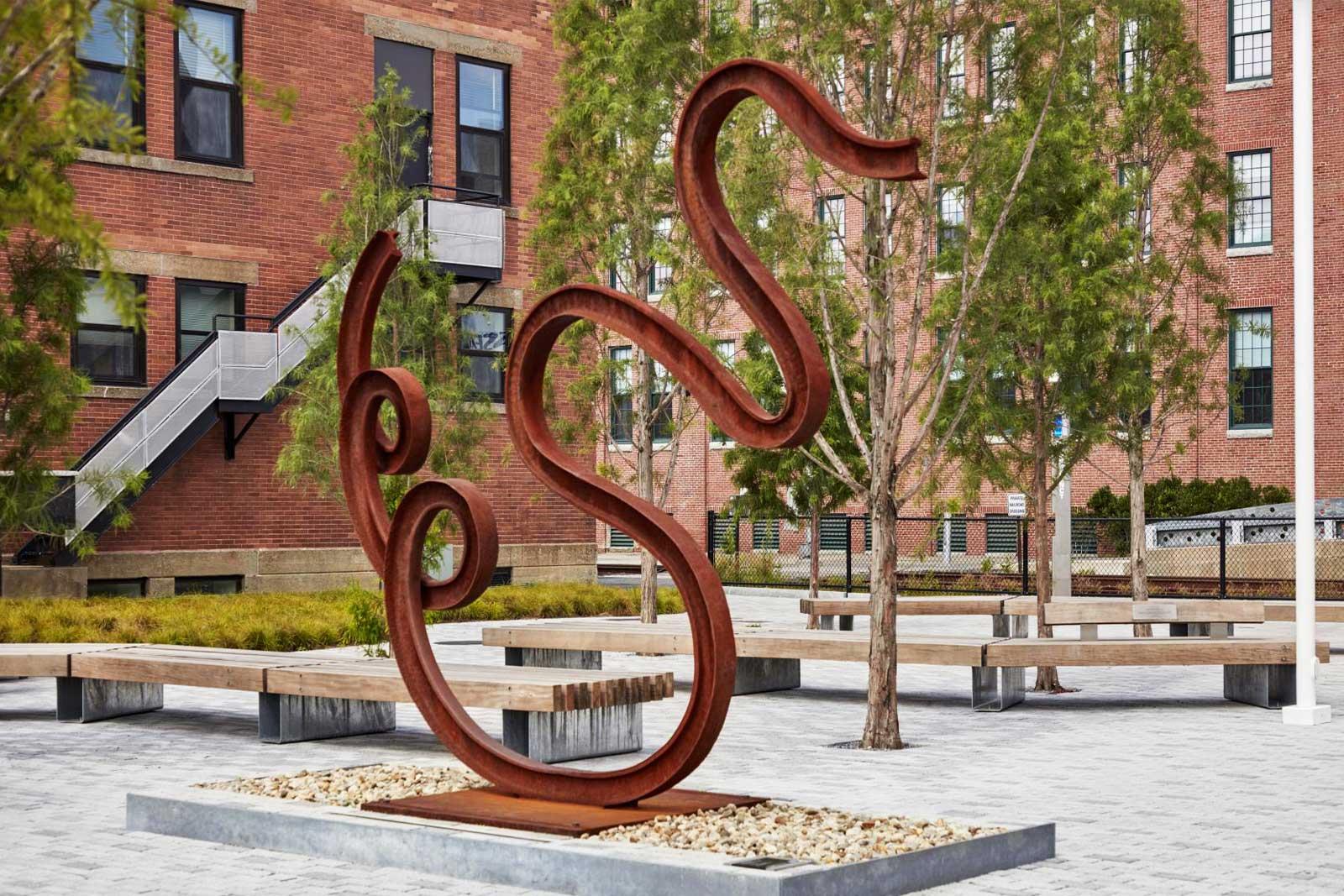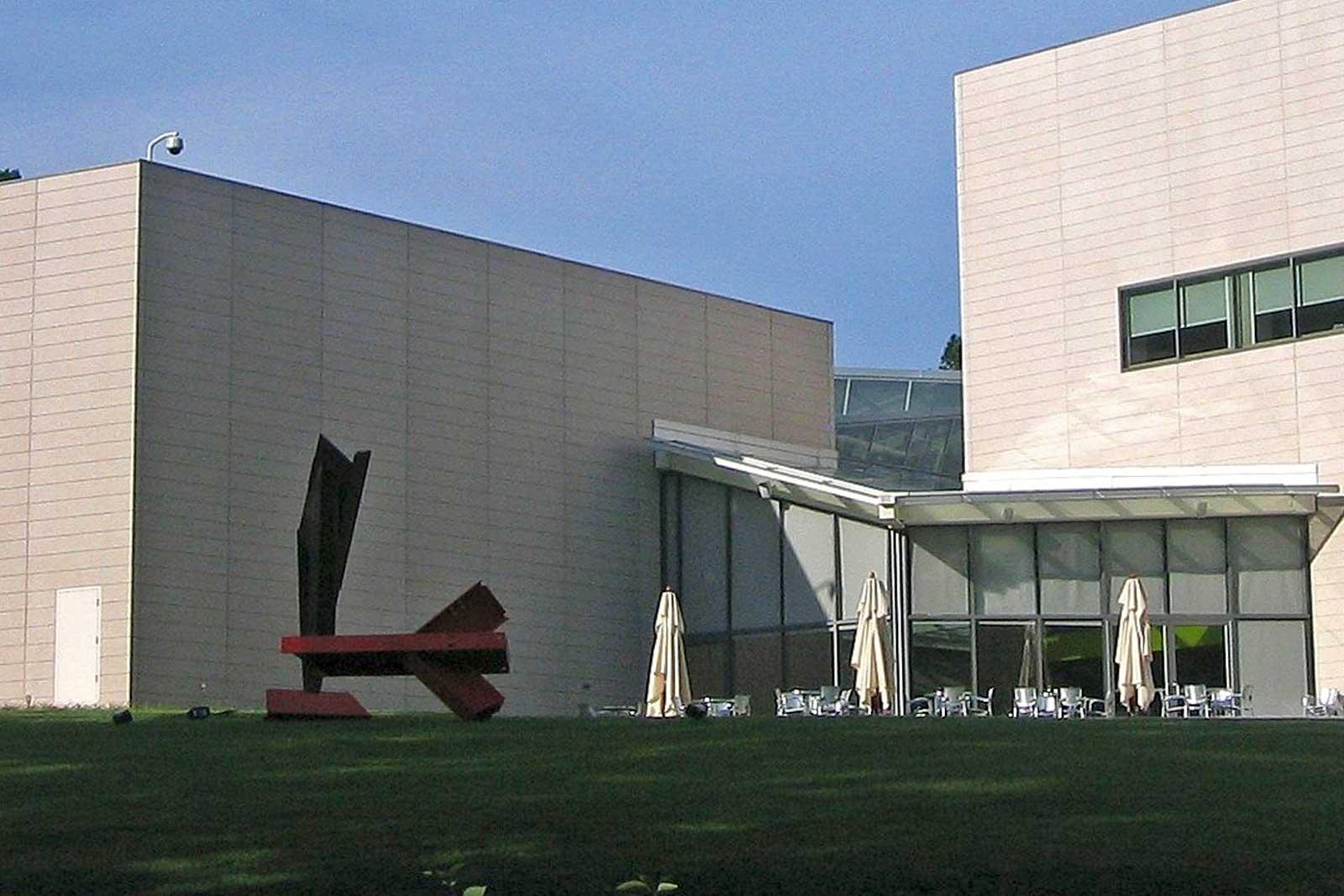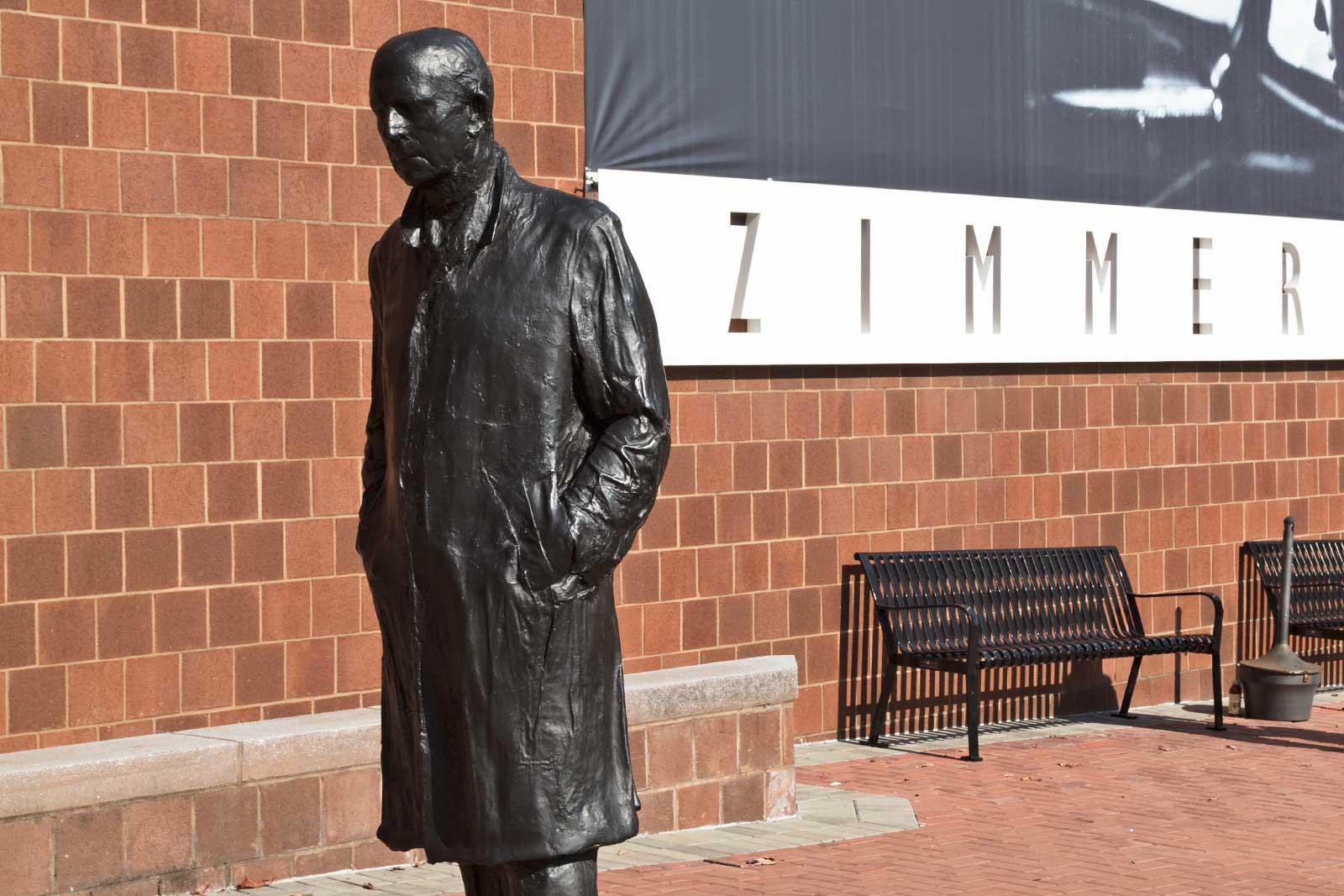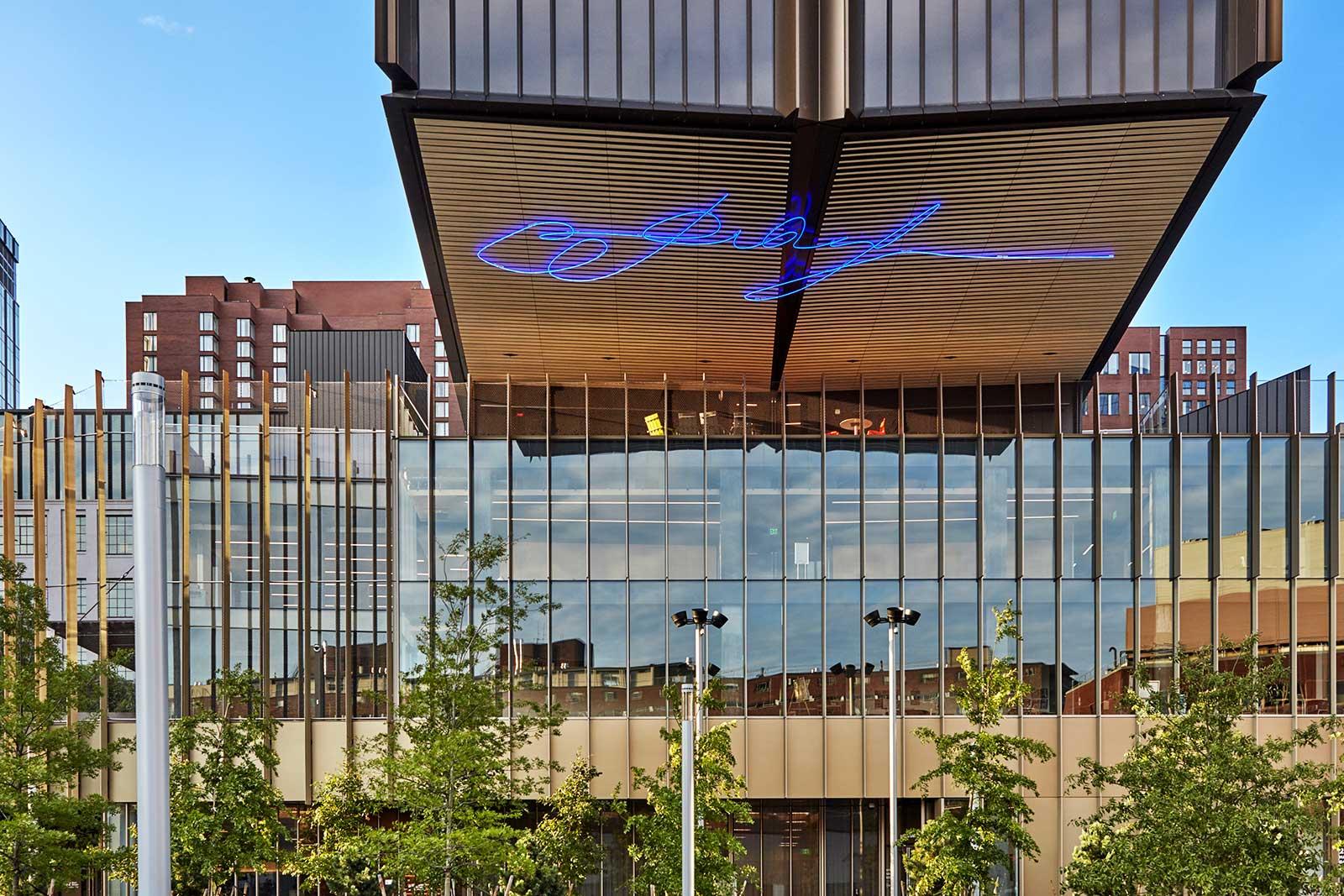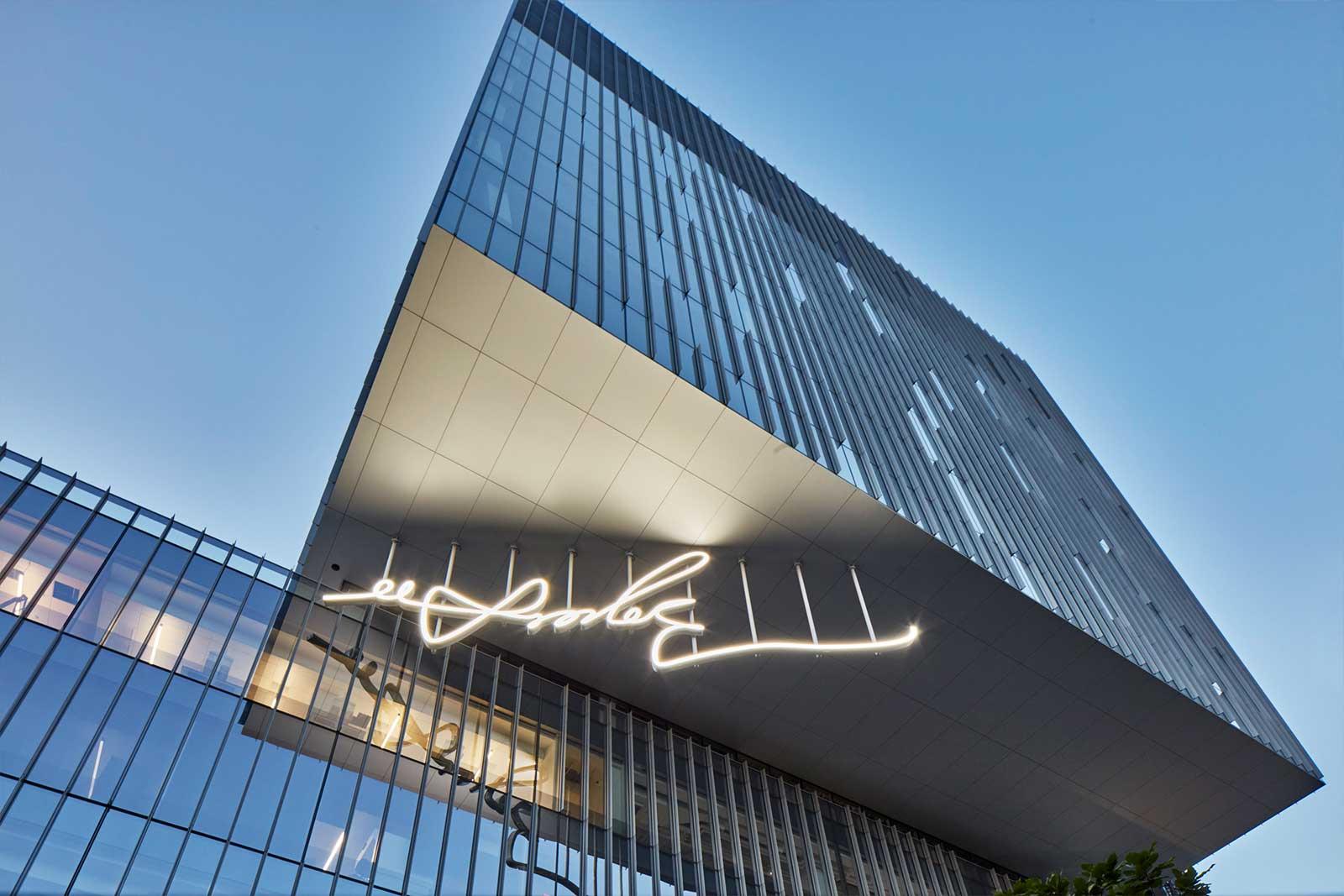The Moody Art Center at Rice University in Houston, Texas oversees one of the largest, most rigorous world-class permanent collections of public art in the country. Scattered across the 300-acre campus are works by leading contemporary artists Michael Heizer, Shirazeh Houshiary, Beverly Pepper, Ursula Von Rydingsgard, and Mark di Suvero. Works on permanent display also include an iconic James Turrell Skyspace, a Sol Lewitt wall drawing, and two-dimensional works by Carmen Herrera, Dorothy Hood, Charles Gaines, and Leo Villareal, among many others. This impressive program is relatively new, having been established in 2008, making it the envy of other, more well-established academic arts initiatives.
Several thousand miles away from Houston, La Grande Voile (The Big Sail), a huge stabile by Alexander Calder installed by the artist on site in 1965, dominates McDermott Court on the campus of the Massachusetts Institute of Technology (MIT) in Cambridge. It is surprising to discover the evolution and controversies surrounding the installation of public artworks on this densely populated urban campus, but the university has embraced a forward-thinking philosophy when it comes to the integration of art and technology. “The great universities have long sought to achieve an environment where distinguished art, architecture, and landscaping are not just embellishments or luxuries, but are also an essential and natural part of the process of education and growth.” James Killian, Former President (1948-59) at MIT.





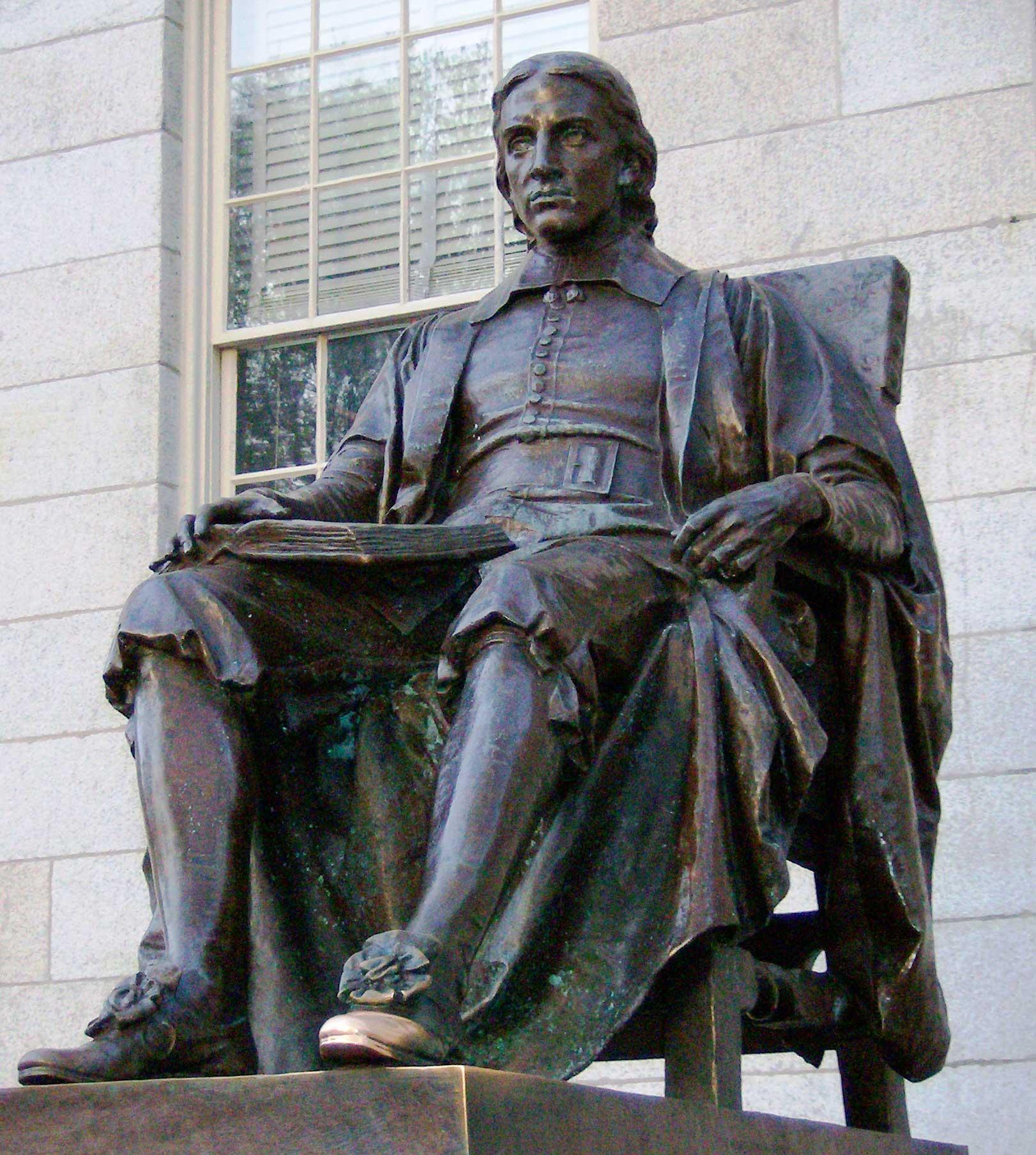
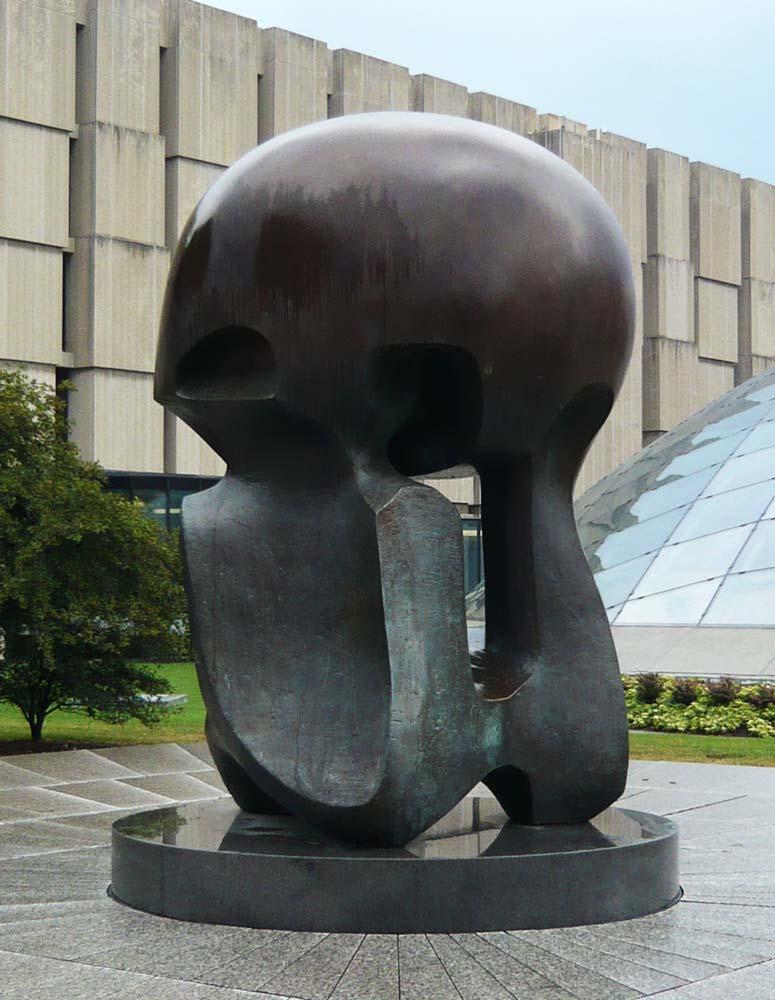
![calder.jpg Alexander Calder, La Grande Voile [The Big Sail], 1965](https://cdn.artandobject.com/sites/default/files/styles/media_crop/public/calder.jpg?itok=e7P_FXYS)
